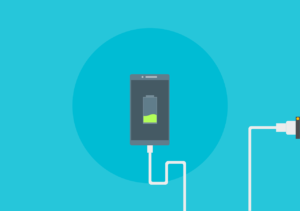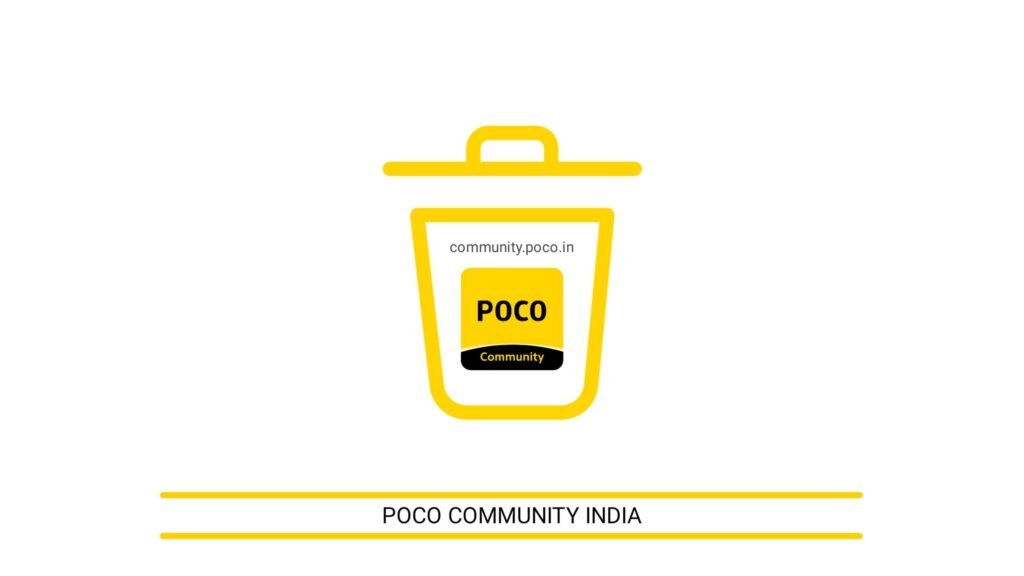Introduction
Smartphone technology has witnessed rapid evolution, driven by the incessant pursuit of enhanced performance and prolonged battery life. The Dincity 1 has emerged as a standout device, celebrated for its innovative features and, notably, its advanced battery technology. In this comprehensive article, we delve into the intricacies of the battery type employed in the Dincity 1, unraveling the science behind its design and analyzing its profound impact on the overall user experience.
The Evolution of Smartphone Batteries
The journey of smartphone batteries has traversed through various iterations, from nickel-cadmium (NiCd) to nickel-metal hydride (NiMH) and lithium-ion (Li-ion). The Dincity 1, positioned at the forefront of technological innovation, introduces a lithium-polymer (Li-Po) battery, representing a significant leap forward in smartphone battery technology. Let’s delve into the specifics of the Li-Po battery and explore the advantages it brings to the Dincity 1.
Dincity 1 Battery: A Technological Powerhouse Unveiled
- Higher Energy Density: Li-Po batteries are distinguished by their higher energy density, allowing them to store more energy in a compact and lightweight form. This unique characteristic contributes to the sleek design of the Dincity 1 while ensuring optimal power efficiency.
- Slim Form Factor: The inherent flexibility of Li-Po batteries facilitates a slimmer and more ergonomic design for the Dincity 1. Users benefit from a device that not only exudes style but also maintains exceptional battery performance.
- Fast Charging Capabilities: One of the standout features of Li-Po batteries is their support for rapid charging. The Dincity 1 harnesses this capability, enabling users to quickly replenish their battery levels. This not only reduces downtime but aligns seamlessly with the fast-paced lifestyles of contemporary smartphone users.
- Enhanced Safety Features: Safety is paramount in smartphone battery technology, and Li-Po batteries excel in this regard. They are less prone to overheating and offer improved stability, ensuring a safer user experience. The Dincity 1 prioritizes user safety with its advanced Li-Po battery technology.
- Longer Lifespan: Li-Po batteries exhibit a longer lifespan compared to traditional counterparts, providing users with a more durable and reliable power source. The Dincity 1 is engineered to deliver sustained performance over an extended period, reducing the need for frequent battery replacements.
User Experience with the Dincity 1 Battery
The integration of a Li-Po battery in the Dincity 1 significantly elevates the overall user experience, offering a seamless blend of performance and efficiency.
- Extended Usage on a Single Charge: The Dincity 1’s Li-Po battery allows users to enjoy prolonged usage without the need for frequent recharging. Whether engaged in streaming multimedia content, playing games, or navigating through a busy day, the Dincity 1 provides a reliable and enduring power supply.
- Quick Recharge for On-the-Go Lifestyles: The fast charging capabilities of the Dincity 1 cater to users with hectic schedules. A brief charging session can substantially boost the battery level, ensuring that the device is ready for use at a moment’s notice. This feature is particularly advantageous for those constantly on the move.
- Slim and Stylish Design: The Li-Po battery’s slim form factor plays a pivotal role in shaping the Dincity 1’s sleek and stylish design. The device seamlessly integrates advanced technology with aesthetics, offering a visually appealing smartphone that meets the demands of discerning consumers.
- Reliability and Safety Assurance: The Dincity 1 prioritizes user safety with its Li-Po battery, offering enhanced stability and mitigating the risks of overheating. This commitment to safety adds an extra layer of reassurance for users, instilling confidence in the device’s performance.
Conclusion
In a landscape where consumers seek devices that seamlessly blend performance, design, and reliability, the Dincity 1 sets a new standard with its cutting-edge Li-Po battery technology. This integration of advanced battery features not only ensures prolonged usage and quick recharging but also contributes to the device’s overall aesthetic appeal. As the Dincity 1 pushes the boundaries of smartphone capabilities, it paves the way for the next generation of mobile devices, where power and elegance converge in the palm of your hand





